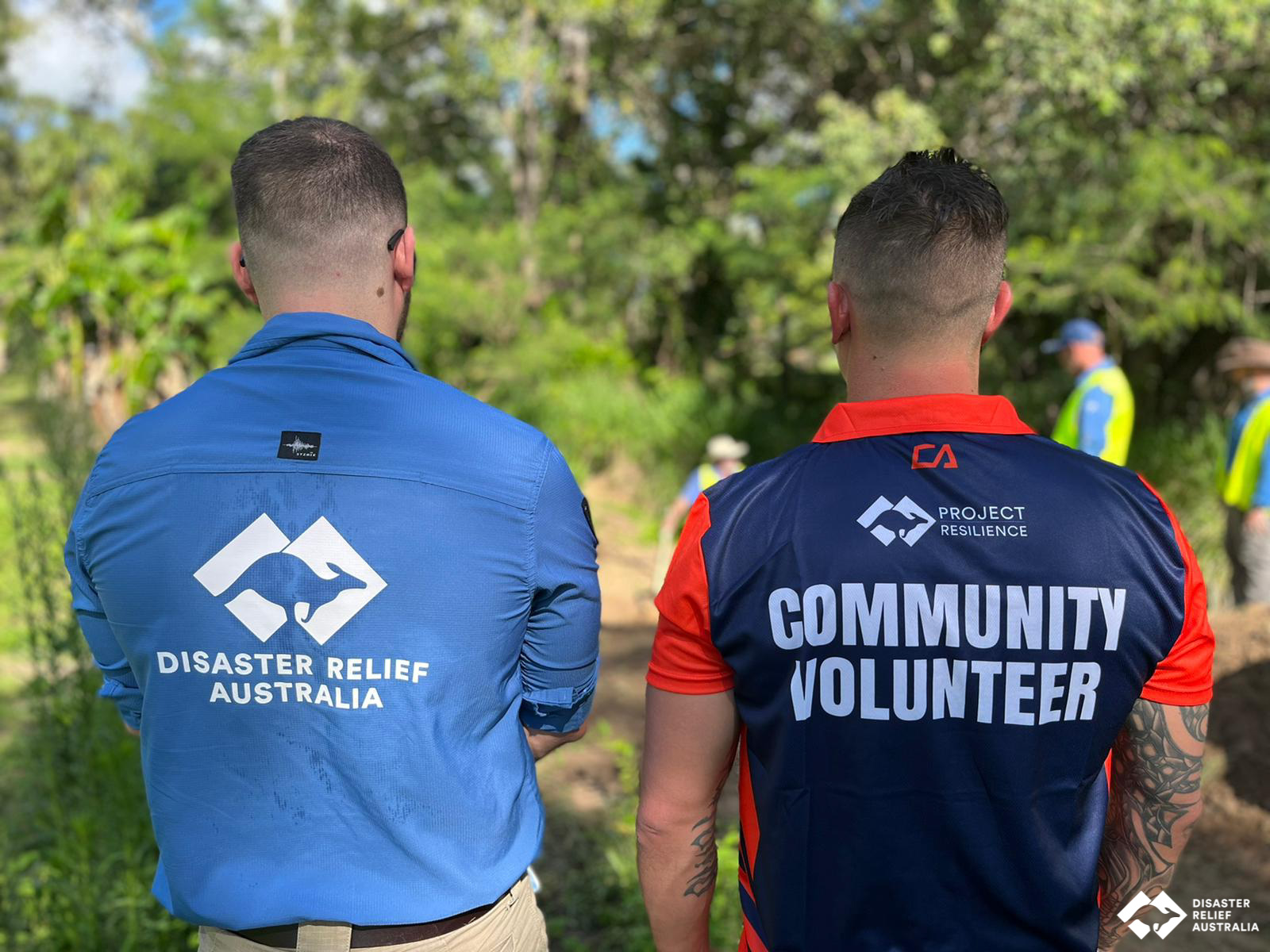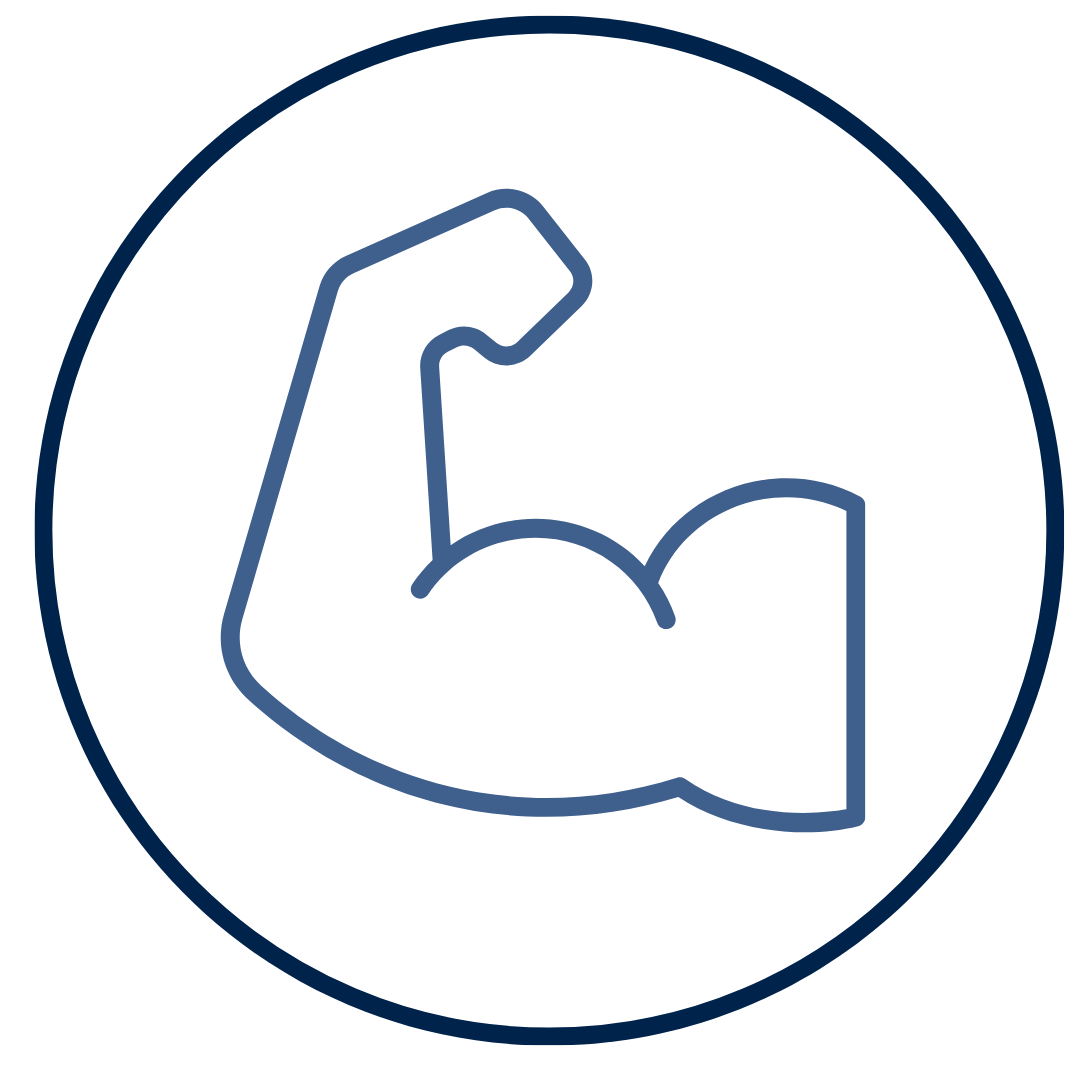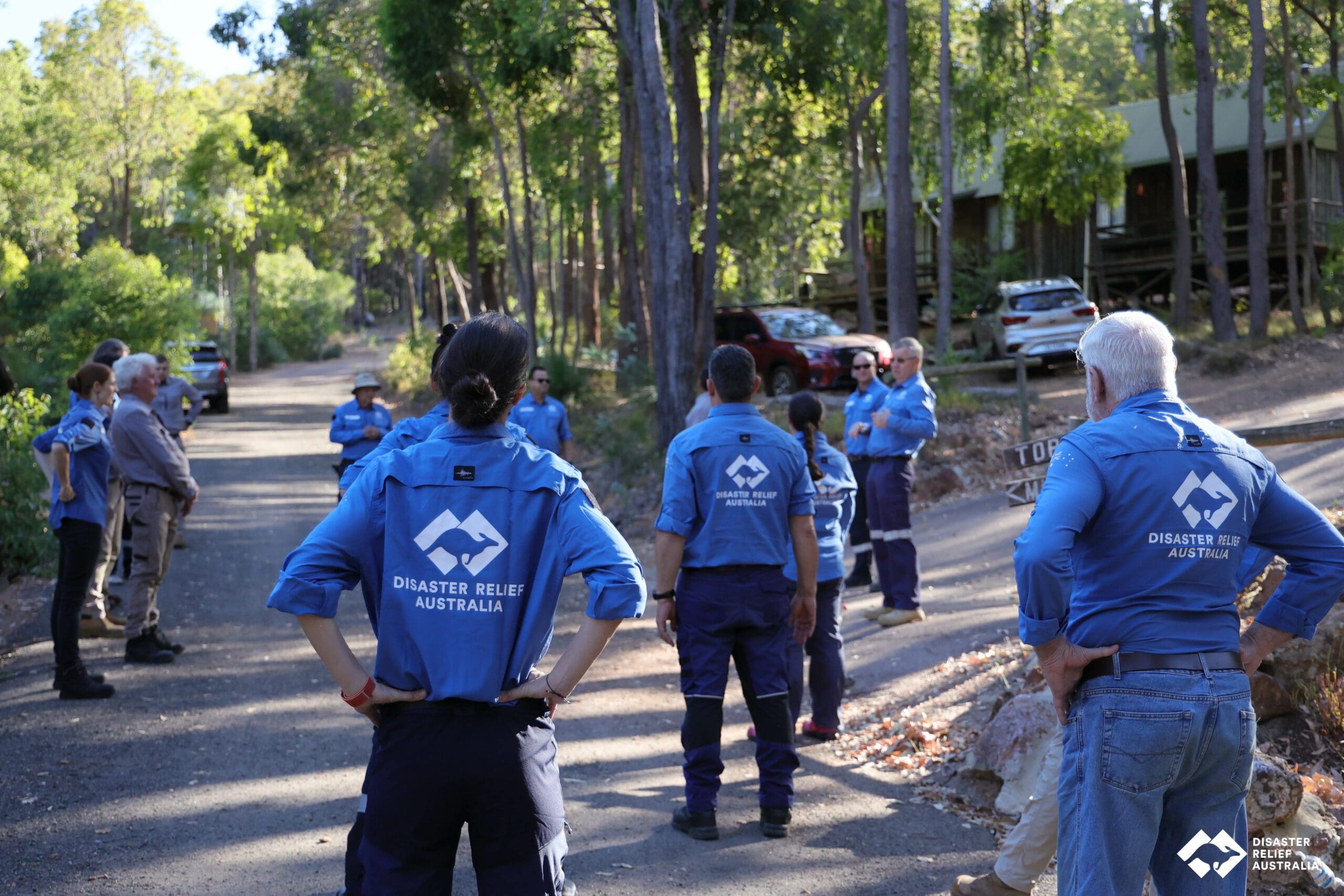This website uses cookies so that we can provide you with the best user experience possible. Cookie information is stored in your browser and performs functions such as recognising you when you return to our website and helping our team to understand which sections of the website you find most interesting and useful.
At Disaster Relief Australia, we believe a resilient community is one whose members are connected to each other and work together in the face of stress and trauma. They can adapt to changes in physical, social or economic environments, with the potential to learn from experience and improve over time.

Enhancing community health and wellbeing
Community resilience focuses on enhancing the daily health and wellbeing of communities to reduce the impacts of disasters. While many frameworks and tools exist for building community resilience in Australia, no single approach is likely to work for all given their varied social and economic contexts.
Through Project Resilience, Disaster Relief Australia (DRA) has identified six core attributes that are essential in resilience-building efforts no matter where or how they are undertaken, or which challenges are of most concern locally. These foundations support building community resilience, rather than achieving resilience as a fixed goal, emphasising resilience building as an ongoing process.
Our Community Core Framework
Each attribute within DRAs Community Core Framework is key to ensure communities are better prepared and have the ability to bounce back from future disasters.
Learn more
People
Resilient people are aware of situations, their own emotional reactions, and the behaviour of those around them. By remaining aware, they can maintain control of a situation and think of new ways to tackle problems. In many cases, resilient people emerge stronger after such difficulties.

Making Sense
Making sense of the problem is essential for understanding the bigger picture. It can be used as a way of exploring and developing effective future plans at the community level.

Bouncing Back
Resilient communities can bounce back from adverse situations. They can do this by actively influencing and preparing for economic, social and environmental change.

Striving Forward
As we look to the future, some challenges will be so big that it won’t be possible for the community to simply adapt – fundamental changes will be necessary.

Our Human Needs
A sustainable community is a place where people want to live and work, now and in the future. The community needs of existing and future residents are sensitive to their environment and contribute to a high quality of life. These communities are inclusive, well planned, built and run, and offer equality of opportunity and good services for all.

Courage
Everyone within a community needs courage to confront challenging issues and take collective responsibility for our future.

How resilience has evolved
Over the last decade, resilience has evolved from a specialist term used largely in materials science and environmental studies to become a concept employed frequently and passionately by policymakers, practitioners and academics across various disciplines. The concept has become embedded in laws, government, doctrines and plans, with universities around the world establishing resilience centres, institutes and research programs.
Communities are increasingly complex, and so are the challenges they face. Human-caused and natural disasters are more frequent and costly. Factors like climate change, globalisation and increased urbanisation can bring disaster related risks to greater numbers of people. Addressing these threats calls for an approach that combines what we know about preparing for disasters with what we know about actions that strengthen communities every day.
